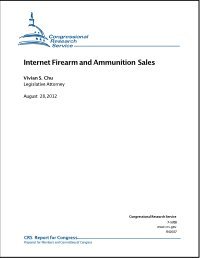By Roberto Uchôa de Oliveira Santos
In recent decades, the global debate on gun control has been prominent, with many countries adopting more restrictive policies. Brazil followed this trend by implementing stringent measures in 2003; however, the presidency of Jair Bolsonaro in 2019 introduced normative changes aimed at facilitating public access to firearms and ammunition. Throughout his term, the legal firearms market doubled, allowing access to weaponry previously restricted to the general public. The analyzed hypothesis suggests that these normative changes, especially those related to the quantity and authorization of acquisition of previously restricted firearms, altered the types of firearms in circulation, strengthening the interaction between legal and illegal markets. Using data from the mandatory firearms re-registration, a total of 962,782 firearms were analyzed. The assessment of the increase in circulation of these firearms in the illegal market was conducted through the analysis of seizures in the states of Rio de Janeiro and São Paulo, revealing a significant growth in seizures of these types of firearms, possibly correlated with the increase in their circulation. Three police investigations were selected to exemplify how the connection between markets intensified, allowing criminals to obtain firearms in the legal market that were previously only accessible through international trafficking or diversion from state agencies.
Journal of Illicit Economies and Development, 6(1): pp. 16–29. 2024





